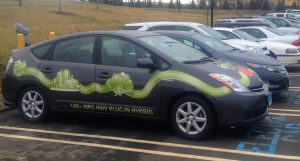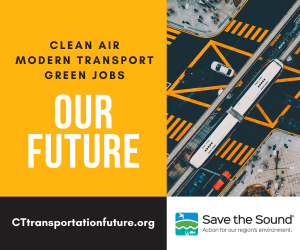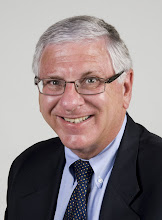– A new study finds that proximity to electric vehicle charging stations (EVCSs) can raise property values depending on where homes are situated. The study, conducted by a team of researchers from the University of Rhode Island, the University of Maryland College Park, Princeton University and Cardiff University, was recently published in Nature Sustainability.
Relying on actual market prices of approximately 14 million housing transactions between 1993 and 2021 in the state of California, and combining that with EVCS data, researchers found the greatest effect on the value of homes located between 0.4 to 0.5 kilometers of EVCSs. Compared to those not in proximity to EVCSs, homes within 1 kilometer of EVCSs are valued approximately 3.3% higher (or $17,212). Homes located within 0.4 to 0.5 kilometers found the greatest impact, with a 5.8% increase in home value over homes not in proximity. Homes within 0.3 kilometers did not show a statistically significant impact to home value.
“This research is really the first of its kind examining public attitudes toward this new type of energy infrastructure,” said Pengfei Liu, URI assistant professor of environmental and resource economics, and an author on the study. “Based on what we are seeing in terms of housing prices and what consumers are willing to pay as part of these transactions, we can infer that there is public support for EV charging stations. When you look at property values for those homes within similar proximity to a gas station – this is not the case.”
However, additional public charging stations are not without their drawbacks, says Lucy Qiu, associate professor in the School of Public Policy at the University of Maryland College Park, and one of the lead authors on the study. While this is still a relatively new area of research, the team conducted analyses of air quality and traffic flow. Results show the installation of charging stations increases annual traffic by 0.3% and peak month traffic by 0.5%.
“We also found reduced air pollution,” said Qiu, noting the analysis showed that air pollutant concentrations decreased by 1.3-2.2%. “This positive environmental impact could help explain why – despite increased traffic flows – we saw no statistically significant effect on the property values of homes within 0.3 kilometers of a charging station when we might otherwise have expected values to decline.”
With close to 20% of California residents living in multi-family housing, researchers recognize those residents may be more likely to pay a higher premium for public EVCSs vs. single-family homeowners with off-street parking. However, they add that public chargers may also be of benefit to single-family homeowners as an alternative when home chargers fail, when drivers need fast charging immediately or as a substitute due to faster charging capabilities.
Despite California being a leader in terms of electric vehicle sales, researchers believe the study results are an early indication of where the market will go.
“Our goal is to provide policymakers and potential investors with the information necessary to make an informed decision when it comes to this type of infrastructure,” said Qiu. “Traditionally, there has not been a strong incentive to invest in electric vehicle charging stations – but our research shows beyond providing positive benefits for the environment, there is also a positive impact on home values, providing a return for public and private investors.”
Given the growing popularity of electric vehicles, and the likelihood of more affordable models and a rising number of used vehicles coming on the market, charging infrastructure becomes increasingly important for low- and middle-income communities.
“We’ve learned a great deal that could be helpful in terms of the economic and policy implications of charging stations and where they are located,” Liu added. “Previously charging stations were built primarily where there was high demand while ignoring the economic side effects. Our research finds, on average, there is a positive economic effect – but the effect varies depending on exact location and demographics. Our hope is that the research provides some guidance and is instructive for policy makers when it comes to locating charging stations and maximizing external economic benefits.”
JOURNAL
Nature Sustainability
 Transportation accounts for nearly 40 percent of Connecticut’s greenhouse gas emissions, more than double the share of electricity generation, heating and cooling buildings, or any other sector. Reducing dependence on private cars and transitioning to cleaner vehicles are essential to meet the
Transportation accounts for nearly 40 percent of Connecticut’s greenhouse gas emissions, more than double the share of electricity generation, heating and cooling buildings, or any other sector. Reducing dependence on private cars and transitioning to cleaner vehicles are essential to meet the 
